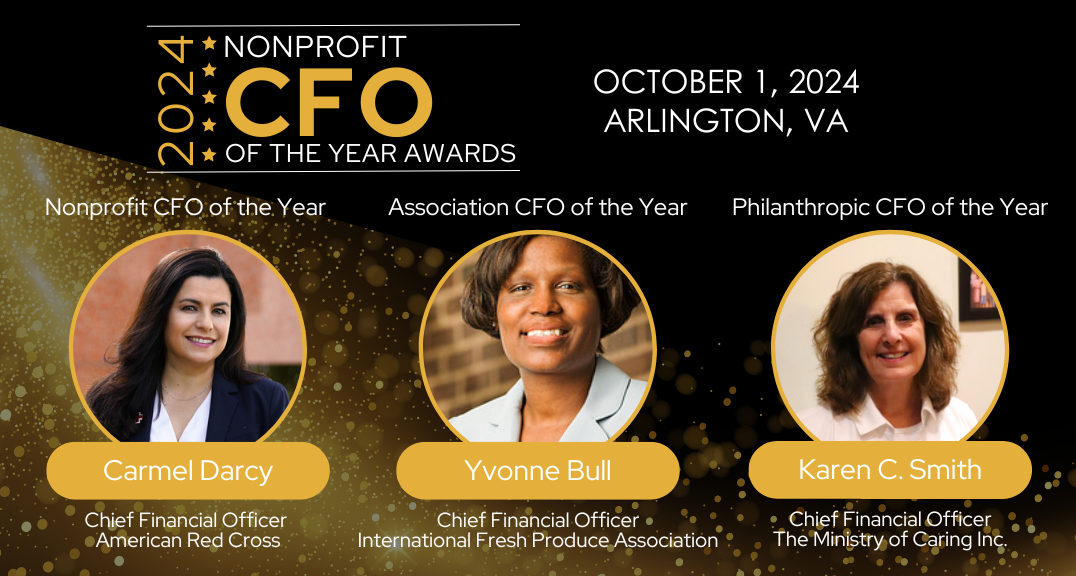September 9, 2024
Careers
September 9, 2024
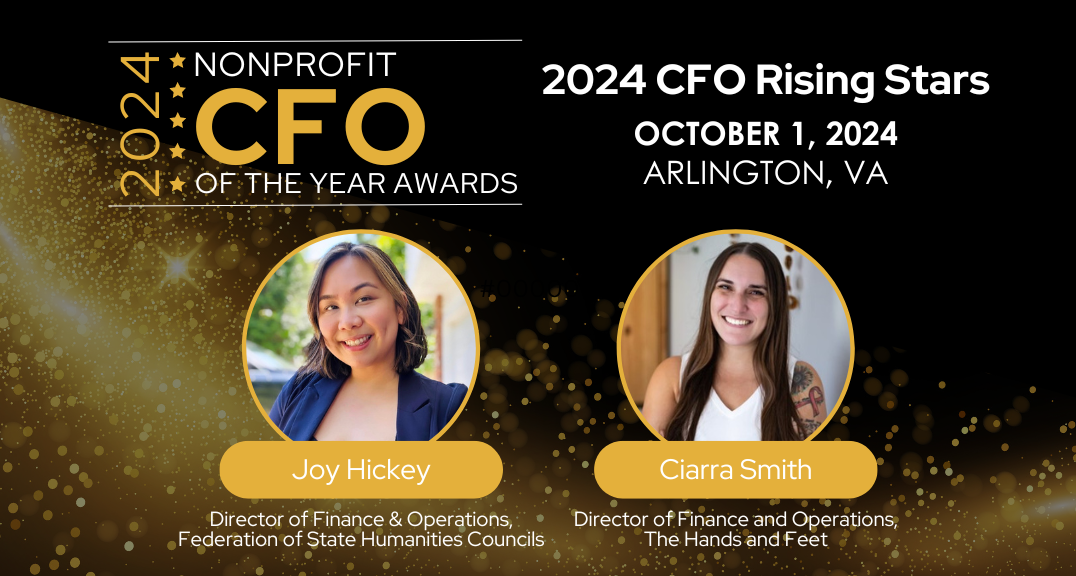
Promising leaders Ciarra Smith and Joy Hickey, Nonprofit CFO Awards Rising Stars, find direction from personal inspiration.

Benefits of executive and team coaching can trickle down and transform an organization.

Be proactive about your professional development, volunteer for other organizations, focus on the right roles.

CEOs share what experience is needed to make the leap from a small to large group.
October 9, 2023

Associations are still making choices on remote work and commitment to DEI; job seekers can no longer delegate tech knowledge
December 13, 2022
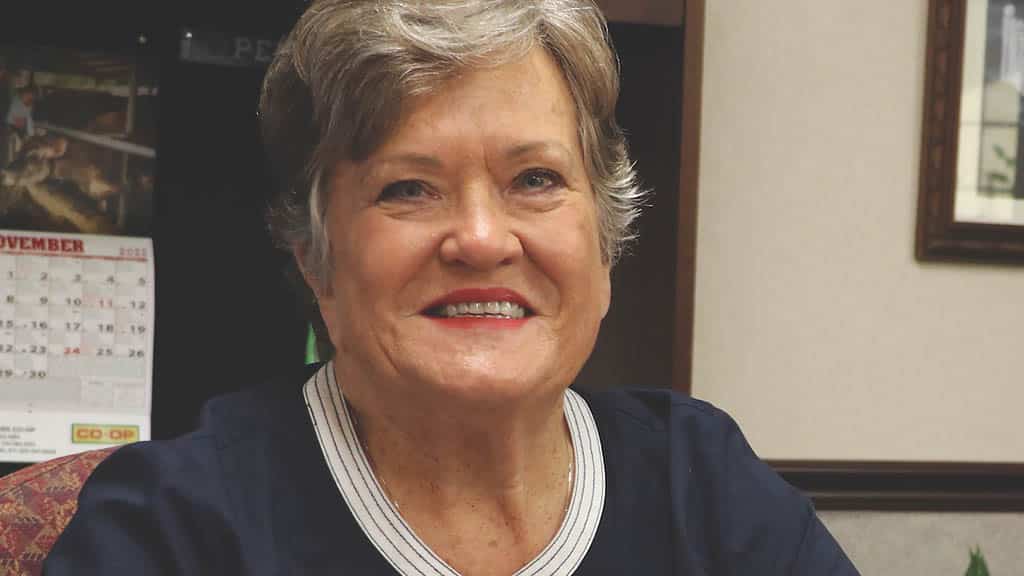
Seven CEOs reflect on their careers—including their biggest challenges and mistakes—and offer advice for new or aspiring chief executives.
October 11, 2022
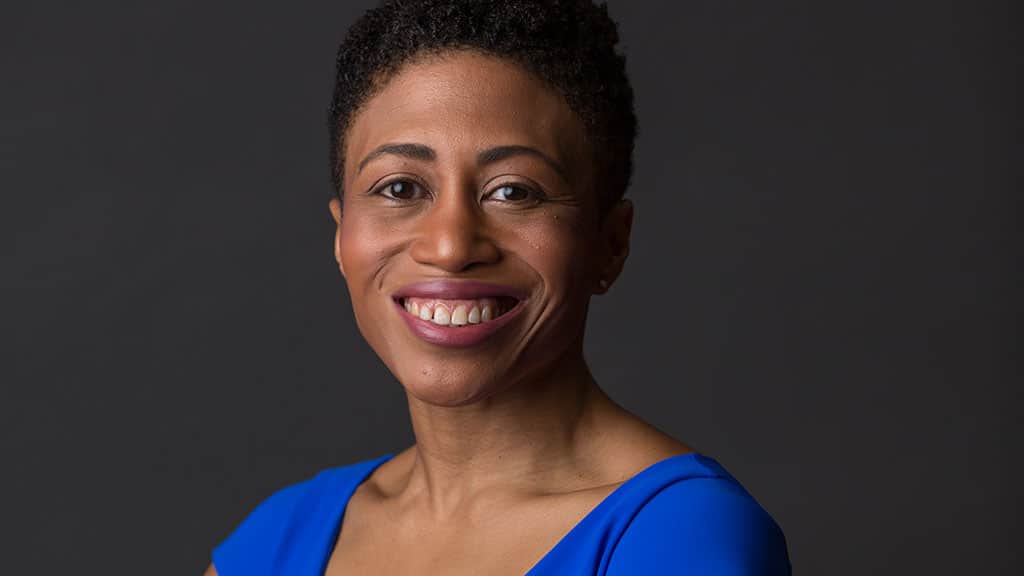
Michelle McMurry-Heath reportedly clashed with the biotech trade association's board.
October 10, 2022
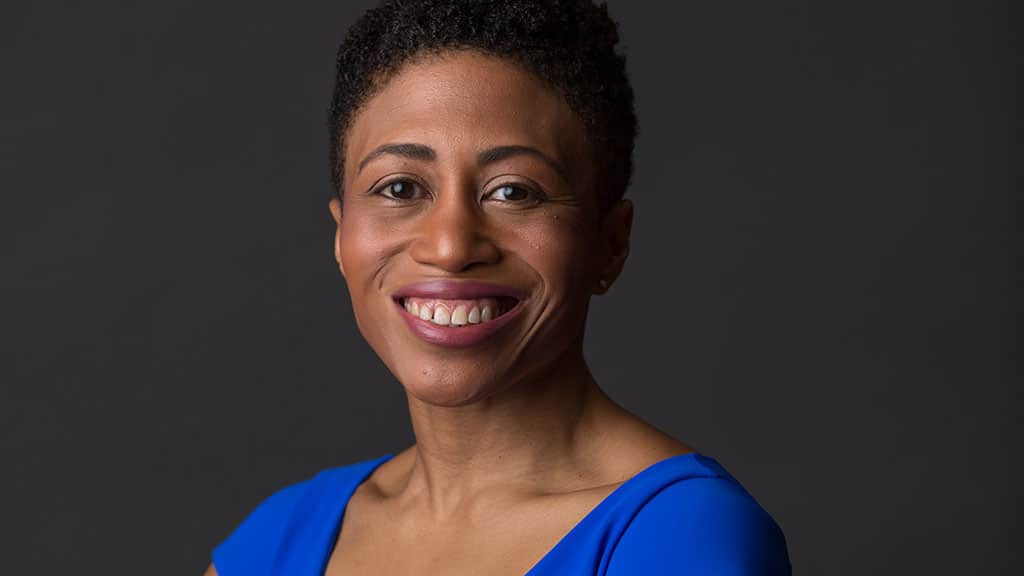
Michelle McMurry-Heath is on leave, The Wall Street Journal reported.

